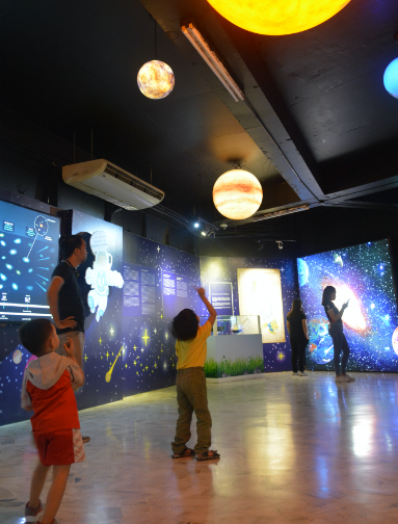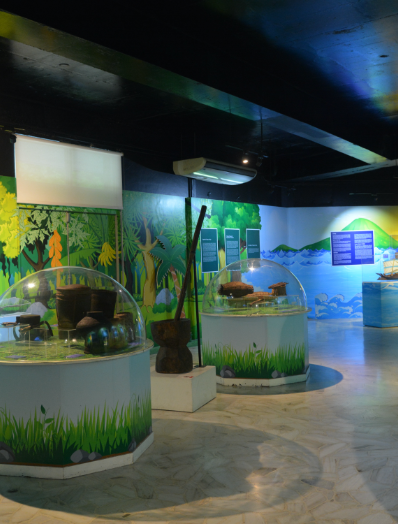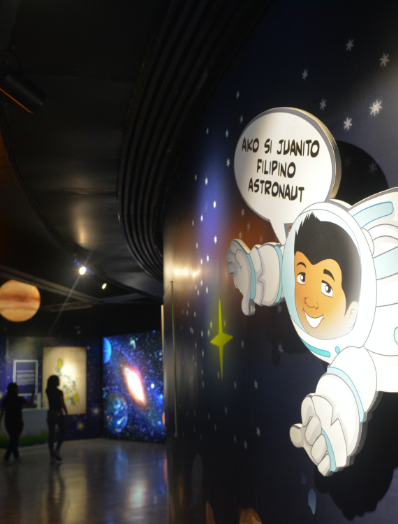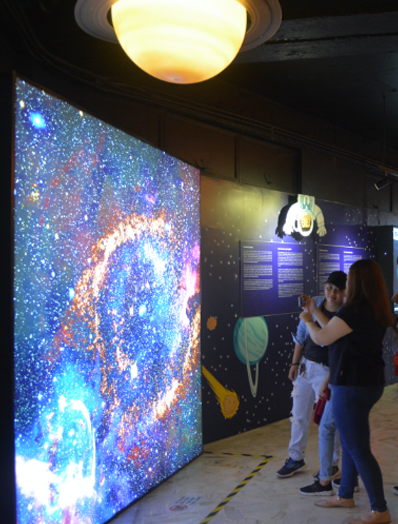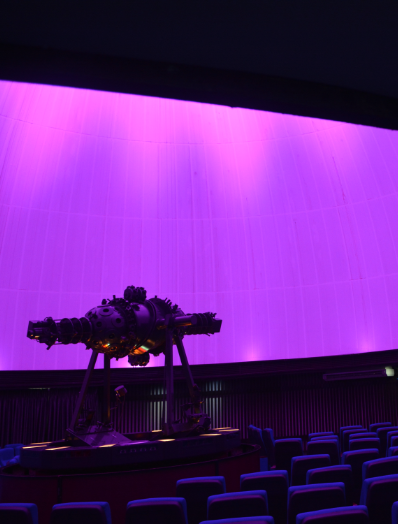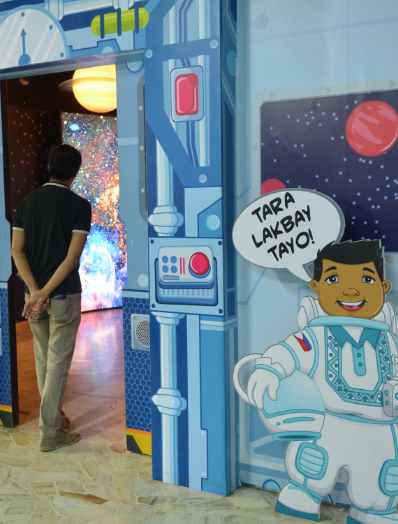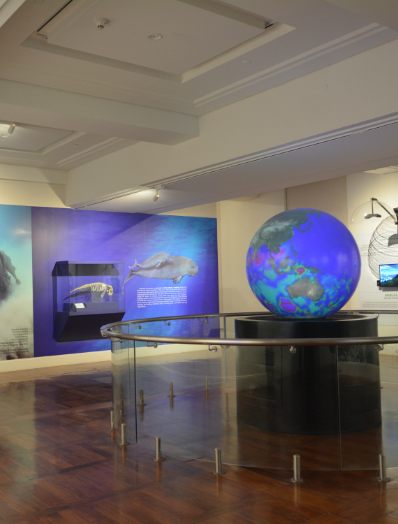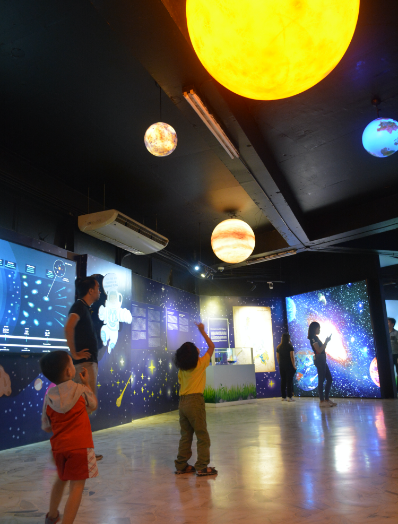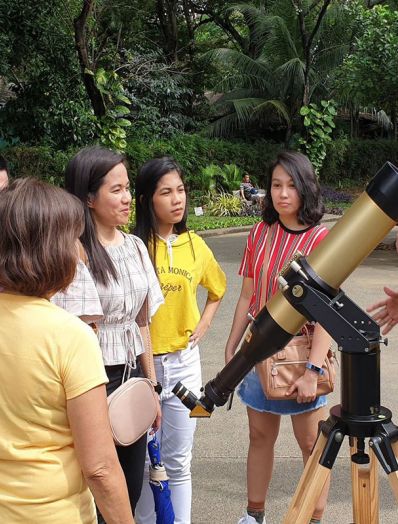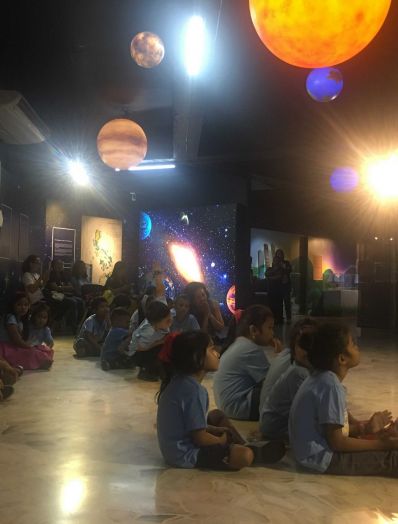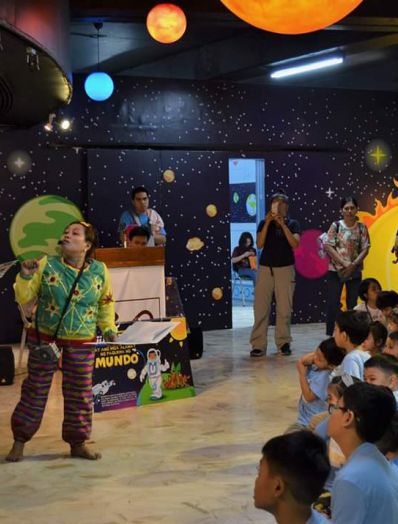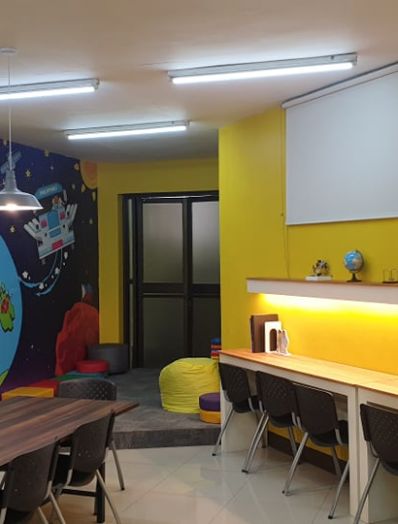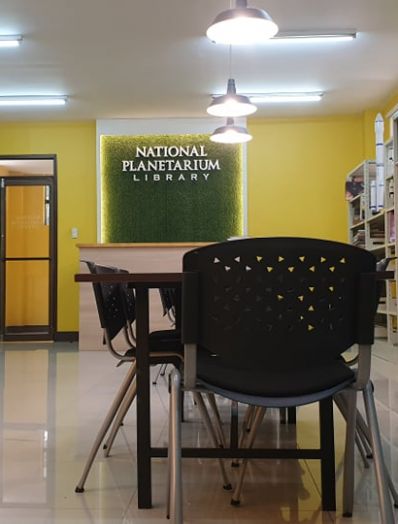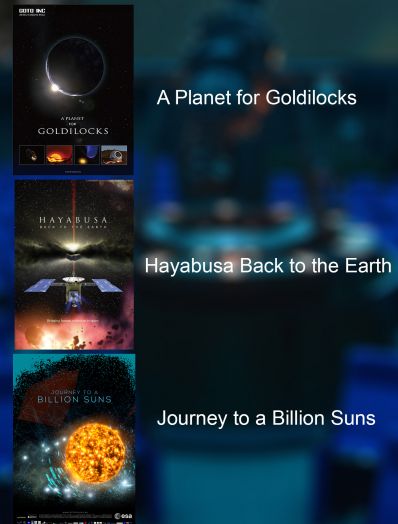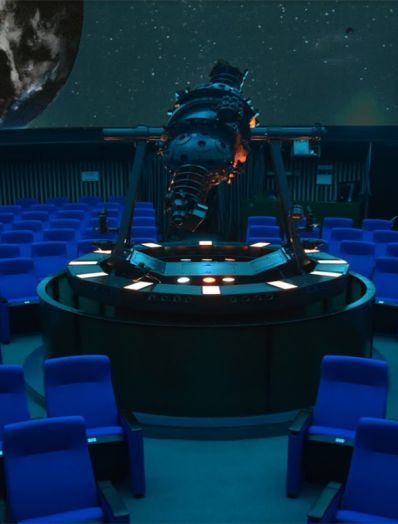Planetarium
The National Planetarium was established to disseminate astronomical information through various platforms and technology, such as full-dome digital and mobile planetarium shows, lectures, demonstrations, exhibitions, and actual celestial observations.
The gallery at the National Planetarium entitled “Filipino Life Guided by Skies” focuses not only in modern astronomy but primarily in ethnoastronomy practices used by our Filipino cultural communities. This ethnoastronomy exhibition is divided into six sections, namely: The Cosmic Timeline, Cultural Astronomy, Philippine Night Sky, Time Reckoning, Farming and Hunting, and Seafaring and Navigation.
 The National Planetarium was established on September 30, 1975 under the management of the National Museum of the Philippines through Presidential Decree No. 804-A, signed by President Ferdinand E. Marcos. It was formally inaugurated by then First Lady Imelda Marcos and opened to the public on October 8, 1975. At that time, it was the biggest planetarium in the Southeast Asian region.
The National Planetarium was established on September 30, 1975 under the management of the National Museum of the Philippines through Presidential Decree No. 804-A, signed by President Ferdinand E. Marcos. It was formally inaugurated by then First Lady Imelda Marcos and opened to the public on October 8, 1975. At that time, it was the biggest planetarium in the Southeast Asian region.
 The big domed-structure, with its 310-seating capacity, was designed by Filipino architect Federico S. Ilustre. Its construction began in 1974 under the Bureau of Public Works (now Department of Public Works and Highways [DPWH]), along Padre Burgos Avenue in Rizal Park, and was one of the priority projects of Mrs. Marcos, then National Parks Development Committee Chairperson. The Japanese Reparation Program to the Philippines funded the construction that took nine months to complete. The exhibition’s development was led by then National Museum Director Godofredo Alcasid, Sr., with the help of the first curator of the planetarium, Mr. Maximo Sacro Jr. The acquisition of the GM-15 star projector and auxiliary projectors from Japan’s GOTO Inc., a newly innovated planetarium projector at that time, was also funded by the Japan Reparation Program.
The big domed-structure, with its 310-seating capacity, was designed by Filipino architect Federico S. Ilustre. Its construction began in 1974 under the Bureau of Public Works (now Department of Public Works and Highways [DPWH]), along Padre Burgos Avenue in Rizal Park, and was one of the priority projects of Mrs. Marcos, then National Parks Development Committee Chairperson. The Japanese Reparation Program to the Philippines funded the construction that took nine months to complete. The exhibition’s development was led by then National Museum Director Godofredo Alcasid, Sr., with the help of the first curator of the planetarium, Mr. Maximo Sacro Jr. The acquisition of the GM-15 star projector and auxiliary projectors from Japan’s GOTO Inc., a newly innovated planetarium projector at that time, was also funded by the Japan Reparation Program.

The National Planetarium has since undergone necessary renovations a few times through its 43 years. The first major work was undertaken from 1992 to 1995 after the dome collapsed due to the tremors of the 1990 earthquake and from the construction of the Rizal Park Open-Air Auditorium. In 2009, the sky shows were reprogrammed, and a new exhibition on Philippine indigenous myths and beliefs relevant to astronomy, asteroids, and comets were installed.
The most recent renovations began in 2016, which involved a series of structural, technical, and program upgrades of the National Planetarium facility. The dome structure and viewing room was repaired and refurbished in 2016. The original 310-seating capacity auditorium now houses 224 modern cinema chairs which now face a unidirectional orientation. This was followed by the integration of the full-dome digital planetarium system GOTO Virtuarium X to the GM-15 Star Projector of more than 40 years before. The once center focused planetarium show can now be viewed in full-dome. New lineup of shows are: ‘A Planet for Goldilocks’, which is about an exploration of planets beyond our solar system; ‘Hayabusa: Back to the Earth’, which is about a Japanese satellite whose mission is to gather rock samples from a near earth asteroid called “Itokawa”; and ‘Journey to a Billion Suns’, which is about the origins of the billions of stars located in our milky way galaxy.

Work towards shifting the exhibitions to focus on the astronomical knowledge of different Philippine ethnolinguistic groups and highlight the contributions of Filipino scientists to modern astronomy began soon after. The newly renovated ethnoastronomy exhibition was launched to the public in January 2019.
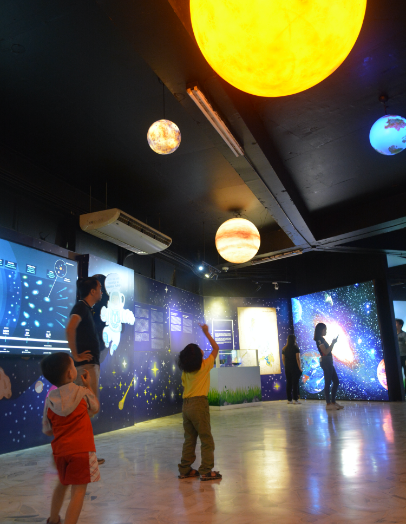
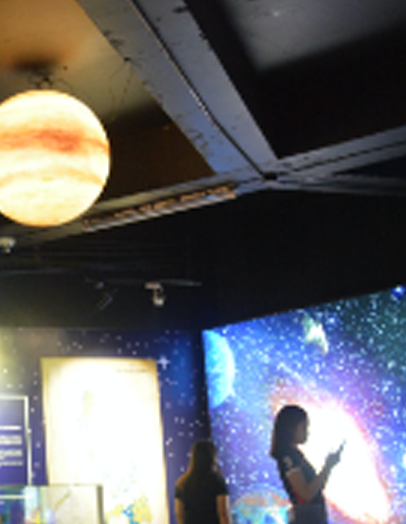
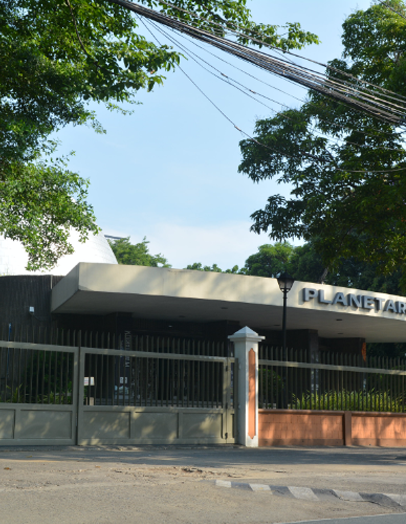
PLANETARIUM
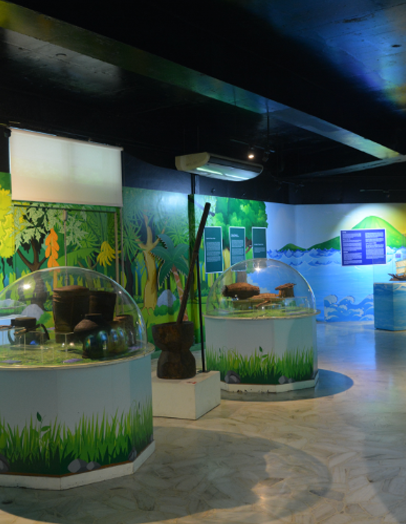
inquiry@nationalmuseum.gov.ph
(+632) 8298-1100
